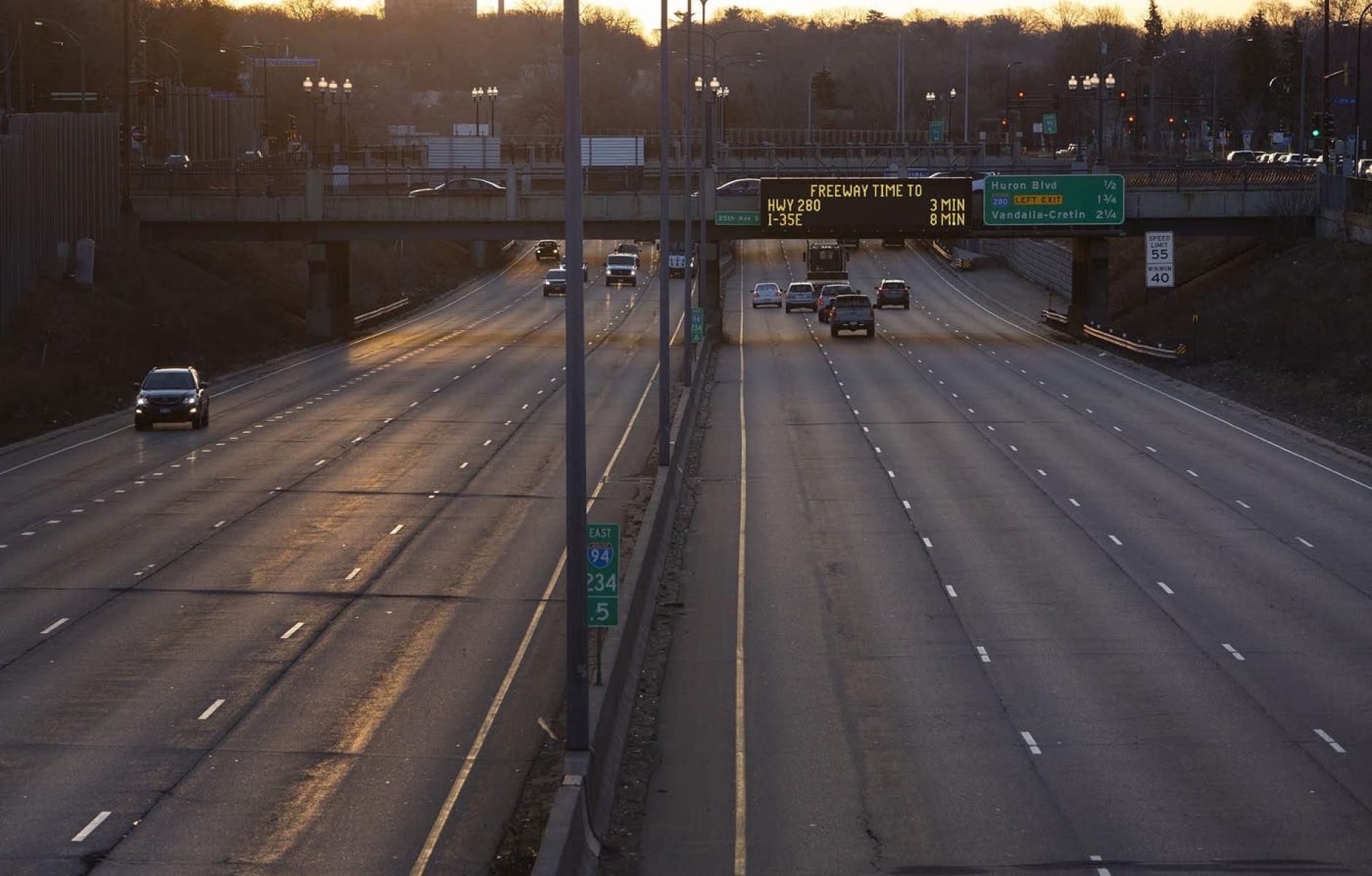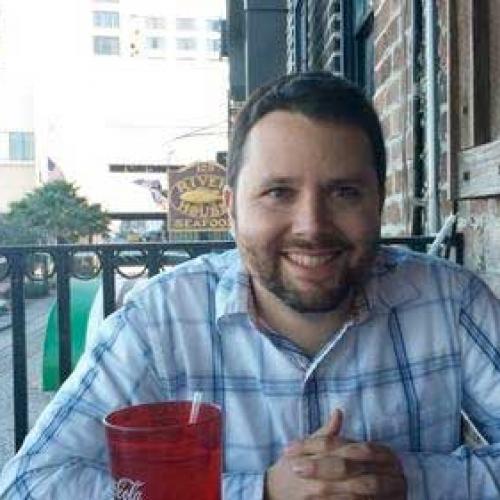
Have coronavirus shutdowns prompted an epidemic of reckless driving?
That Guy finally got his way. The one who weaves between lanes tailgating whichever driver he can intimidate the most, then revs the engine as he whizzes by just to cut you off: it's his world now.
Reports from many cities indicate a surge in aggressive speeding, and with it, automobile crashes. The statistics are remarkable and alarming in light of how much traffic itself has declined, with many businesses closed and residents sheltering at home:
- Since Minnesota's stay-at-home order was issued on March 27th, MPR News reports that traffic fatalities are up 50 percent, even as traffic itself is down 50 percent. That suggests the state's roads are an astonishing three times as deadly as before the shutdown.
- In New York City, as Streetsblog reports, only about 1/6 the usual numbers of drivers are on the streets. But nonetheless, motorist deaths have increased in the past month over the same period in recent years.
- In Texas, it’s a bit better: fatalities have decreased from last year by 21 percent. But when you consider that actual miles driven have decreased by over 50%, that number doesn't look so hot.
In city after city, traffic itself is way down—but traffic deaths somehow aren't. Even more remarkably, this is true despite that drunk driving—one of the most commonly identified culprits for fatal crashes—has fallen dramatically (by 2/3 in Minnesota, for example).
The most common tendency I've seen in reporting of this phenomenon is to blame "reckless driving." In other words, it's just that people who have sociopathic and destructive urges are out there on the empty roads playing Ricky Bobby and indulging them, to tragic effect. Is that the whole story?
This pat answer is consistent with our societal bias toward always talking about traffic violence in terms of individual behavior: either it was just a tragic accident, or the people involved should have been paying more attention. Mainstream media rarely interrogate how street design induces drivers to behave in certain ways. Yet we've written about this again and again on Strong Towns, because the evidence is clear: when you design streets to make high speeds comfortable, you make tragedy statistically inevitable.
Over 40,000 Americans die in traffic in a normal year. The number of pedestrians alone killed by U.S. drivers from 2008 to 2017 averages out to one every 1 hour and 46 minutes. If we're appalled by the level of carnage on our roads while most of us are sheltering in place, we should certainly be appalled by the level of carnage the rest of the time. If we think there's an epidemic of reckless driving right now, it's just a continuation of the epidemics of reckless driving that we witnessed in America in 2019, and 2018, and 2017, et cetera. The status quo isn't anything to want to return to here.
The real culprit is reckless street design
The truth is that the world can't be neatly divided into always "reckless" and always "safe" drivers. Our behavior behind the wheel, as much as we might not like to admit it, is situational. Most drivers enjoy going fast, and nearly all of us tend to underestimate our own risk—it's a pretty basic cognitive bias. But what, under normal circumstances, keeps those on the risk-seeking end of the continuum—the wannabe Ricky Bobbys—from causing mayhem on the roads?
You have three basic ways to slow down traffic:
- Have the street be teeming with police.
- Have the street be congested with other cars.
- Have the street be designed for naturally slow speeds.

All three of the solutions rely on psychological friction. Friction in this context means anything that consciously or unconsciously induces you to hit the brake pedal. This can be the presence of other cars or speed enforcement. But it can also be the many design features associated with traffic calming, such as narrow lanes, curb bulb-outs, chicanes, planted medians, speed bumps, etc.
What we’re seeing right now is that, with most drivers staying home, the friction created by other cars sharing the space is gone, and people are responding to their cities’ overly wide—and atypically uncongested—streets by doing the instinctive thing: going faster.
If you want to curb traffic deaths and injuries, use traffic calming features to create city streets with a slow design speed. This built-in friction results in a naturally slow street that is not going to witness a lot of speeding no matter whether cops are around or not, no matter whether it's congested or wide open. In contrast, a street built like an airport runway is going to bring out the inner Ricky Bobby in a certain number of drivers, unless it's plastered with cops (an expensive proposition) or gridlocked with other cars (an unpleasant one).
Fortunately, there's a whole toolkit of tactical urbanism techniques that, on the cheap, can rejigger our street space for calmer traffic and a safer and more pleasant environment. What better time than right now to put them into practice? Buy pedestrians some social-distancing sidewalk space, slow the cars, and demonstrate what a better city could look like ... even after we're all out and about again.
This article was originally published on Strong Towns.




